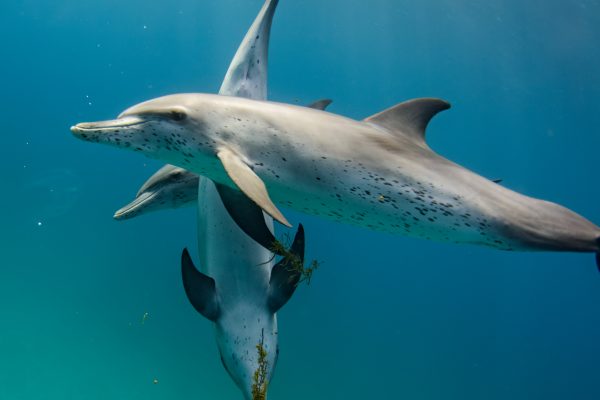2019 Field Season: Trip 6
Trip 6 had it’s ups and downs, but overall it was a great trip! We had passengers from all over the world. We had a couple from Germany, a passenger from New York, an intern from Brazil, and two other interns who were local. This trip brought a lot of

